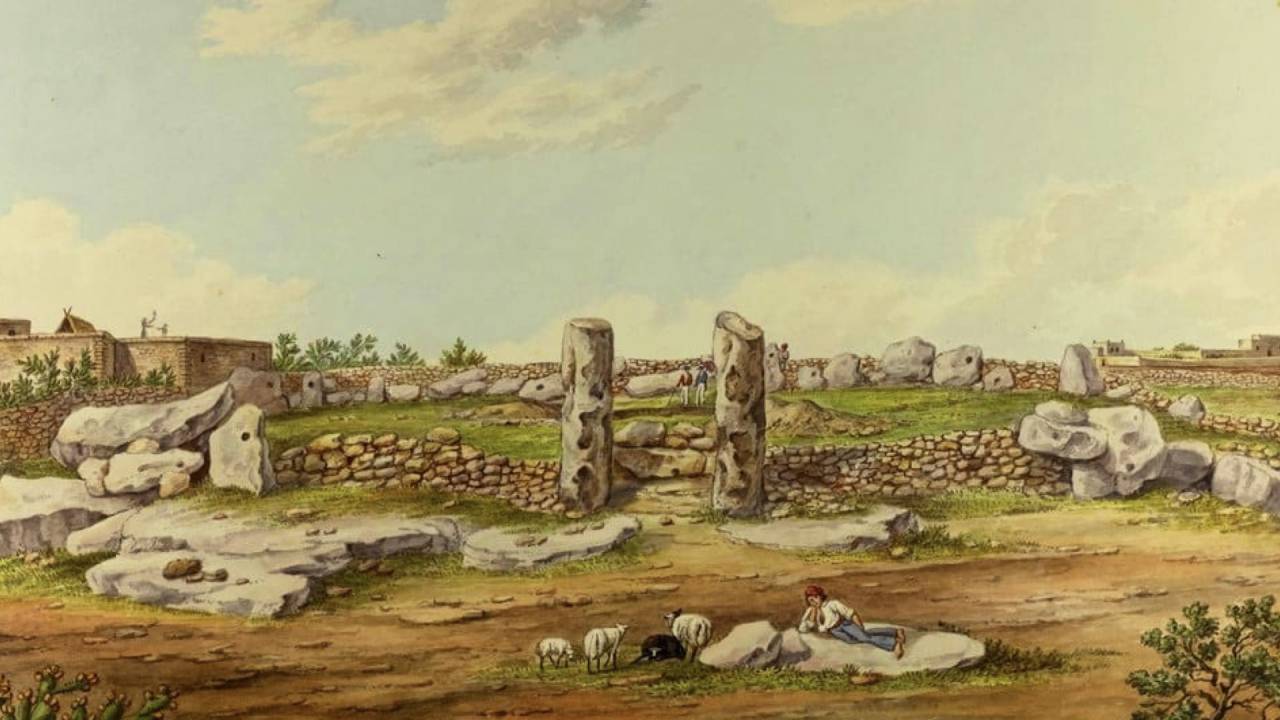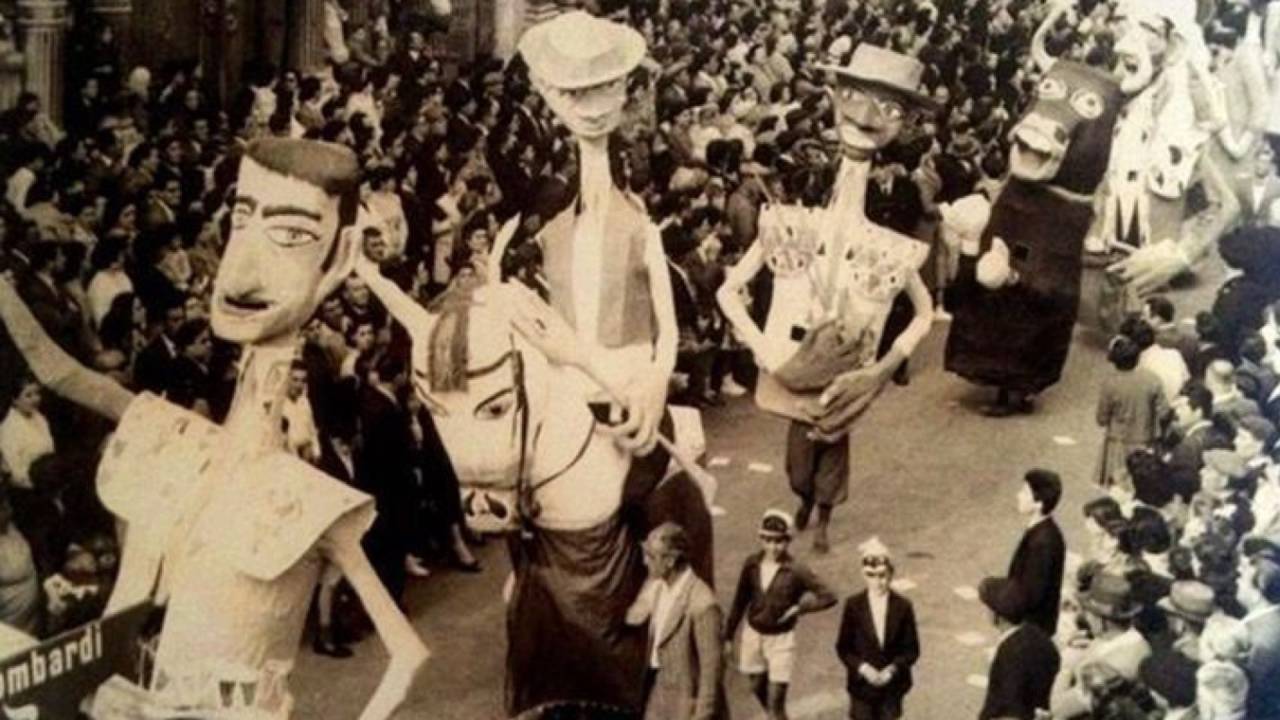04/2024




It is professed that the world's oldest buildings at Ggantija in Gozo, Malta were megalith architectures created by a giantess matriarch called "Sansuna", who built them while carrying her child on her hip and eating nothing but fava beans. Such colossal, superhuman figures show up in mythic history, festive rituals and spiritual processions to question and celebrate stories of human joy and thriving, political difficulty and collective trauma.
The Mediterranean cultural matrix has given birth to related traditions of public, processional giants, effigies and giganti, derived from Spanish, Italian, and Maltese myth, celebration and public spatial practices. Giganti storytelling is, as with all myth, also an instrument to facilitate an alternative futures. At once celebratory and dejected, giganti are forlorn emblems of secrets that are too big to conceal, of passions, delights and tribulations bursting forth into public-square public-therapies through shared and collectivized narratives and experiences.
With paper-mâché forms incited by Sansuna and giganti Mediterranean myth and carnival, issues of public space, infrastructure and gender are addressed by a public procession for the Malta Biennale in the Spring of 2024. From St. Elmo Fort to St. George's Square at the Grandmaster’s Palace, Professions of the Giants is a pageant for profess-ionals, telling stories developed along particular thematics (gender relations, ecology, public space, and others) through a series of community workshops, held at the Fortress Interpretation Centre, Valletta and hosted by La Rivoluzione delle Seppie and partners Rita Adamo, Ian Davide Bugarin, Jamie Allen and Post Disaster ROOFTOPS.